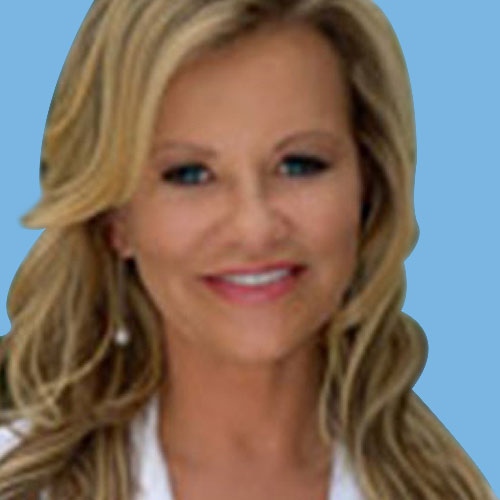Menu
Weight loss
Hormones
Sex
EXPLORE
MEET NU IMAGE MEDICAL
TREATMENTS
MEET NU IMAGE MEDICAL
TREATMENTS
MEET NU IMAGE MEDICAL
Finding and improving your general fitness level


Evaluation of your fitness level is an important first step when it comes to taking steps to improve your life through health and exercise. Things like body shape, lifestyle, genes, and cardiovascular ability will all shape your individual fitness level.
Evaluating your fitness level is not a one size fits all process, though. Differences in lifestyle, muscle tissue, genetic makeup, and overall health will all help to determine your individual fitness level.
"It is an individual measurement that is not always dependent on how much physical activity you do," notes Jim Pivarnik, PhD, president of the American College of Sports Medicine and director of the Center for Physical Activity and Health at Michigan State University in East Lansing .
With that in mind, there are several ways that you can measure your fitness level.
"Measuring fitness is multi-dimensional," explains Pivarnik. "Long-distance runners have excellent cardiovascular health, but if all you are is legs and lungs, you won't have a lot of strength or flexibility. By the same measure, someone who is overweight and aerobically fit is healthier than someone who is in the normal weight range but doesn't exercise.
Overall physical fitness is said to consist of five different points.
Aerobic or cardiovascular endurance, muscular strength, muscular endurance, flexibility, and body composition.
Fitness evaluations include exercises and activities that measure each specific ability to participate in aerobic, or cardiovascular, exercise as well as your strength, endurance, and flexibility. Tools are also used to determine your body composition or percentage of total body fat.
Working to improve each of these five components to their optimal levels is crucial to enhancing your overall fitness and health.
If you have specific health problems, always make sure to check with your doctor before implementing a routine to increase fitness. Once your doctor gives you the go ahead, you can begin the important steps to improve fitness, and there are a few basic guidelines to begin with.
To begin with, make sure to compete...but only with yourself. No matter what you choose to do on your journey to fitness, try not to compare your progress to someone else. "Do set goals, and if you are out of shape and hate exercise, start low and go slow," recommends Dr. Grimes. "Do not compare yourself with your best friend who weighs 50 pounds less and just finished her 10th triathlon." Pivarnik agrees: "Even if the same group of women walked at the same pace every morning, they would not all show the same fitness measures."
Follow the guidelines for minimum exercise. That means at a moderate intensity level for at least two and a half hours spread through most days each week is the starting goal. And at least twice a week, supplement aerobic exercise with weight lifting activities that target the major muscle groups. And always make sure to get at least some exercise which is better than letting a day go to waste.
And walking is probably the easiest way to get started. Grab a friend, and start a routine of walking. "Walking is simple and manageable for anyone," says Jill Grimes, MD, a family physician in Austin, Texas. "Wear a pedometer from day one. Think of it in three parts: a five-minute warm-up of walking slowly, followed by a fast walk, then a five-minute cool-down of walking slowly."
This article is for informational purposes only and does not constitute medical advice. The information contained herein is not a substitute for and should never be relied upon for professional medical advice. Always talk to your physician about the risks and benefits of any treatment. Nu Image Medical may not offer the medications or services mentioned in this article.
